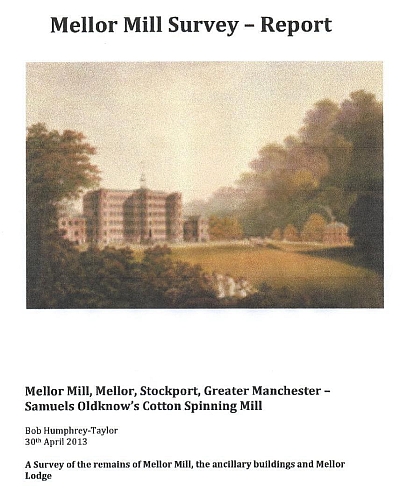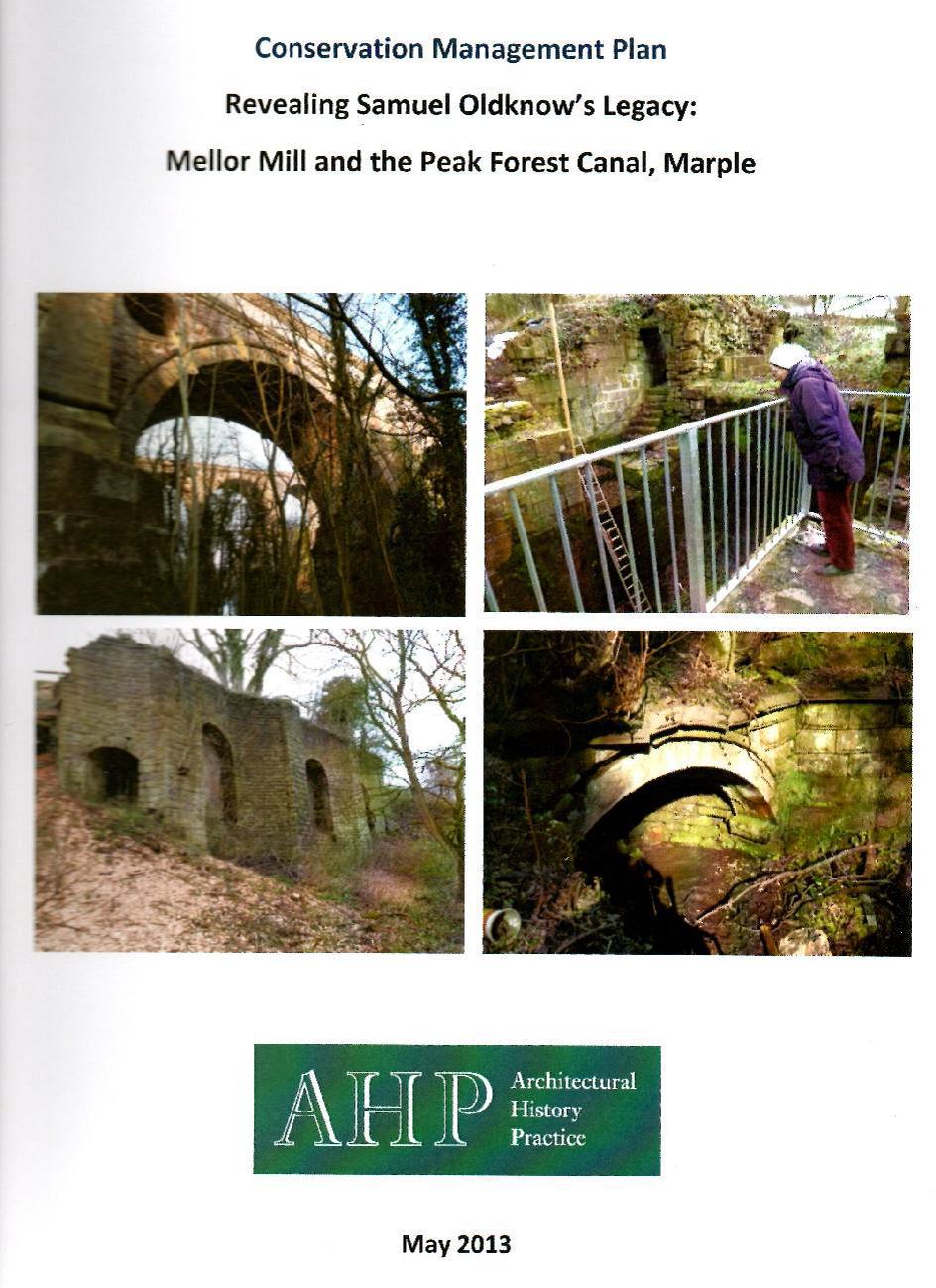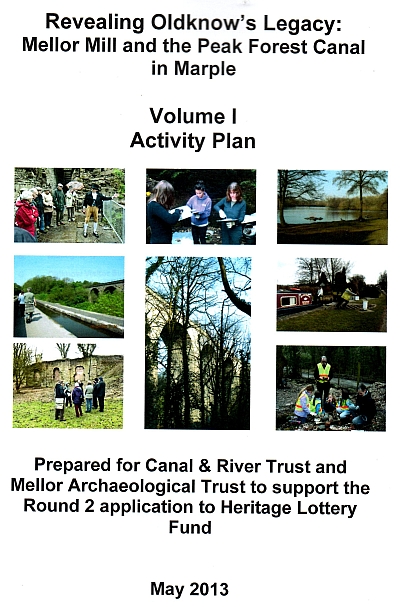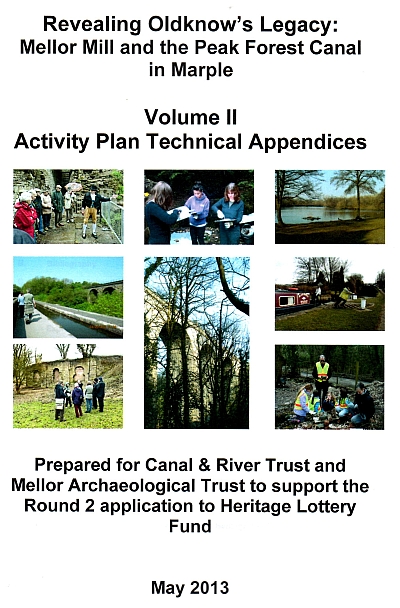John Hearle writes: At 4-30 pm on Tuesday May 28: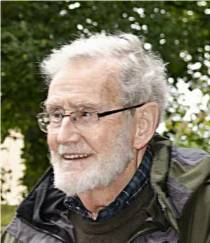 an hour before the deadline for a decision in September, an application was submitted to the Heritage Lottery Fund by Canal & River Trust and Mellor Archaeological Trust for "Revealing Oldknow's Legacy: Mellor Mill and the Peak Forest Canal in Marple".
an hour before the deadline for a decision in September, an application was submitted to the Heritage Lottery Fund by Canal & River Trust and Mellor Archaeological Trust for "Revealing Oldknow's Legacy: Mellor Mill and the Peak Forest Canal in Marple".
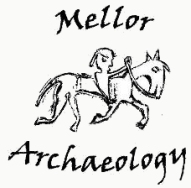

The full application
This full Stage 2 application was the result of nine months of hard work during the development phase following the success of the Stage 1 application. The effort was directed by a Steering Group consisting of Nick Smith and Fiona Turpin of C&RT and John Hearle and Bob Humphrey-Taylor of MAT, supported by an Advisory Group, chaired by Norman Redhead, County Archaeologist, with representatives of SMBC, Marple Civic Society, Vision for Marple, Marple Local History Society and Marple Locks Heritage Society – Bob H-T also wore another hat as Chairman of Mellor Society! The “out-of-pocket” costs were met by a grant of £45,000 from HLF plus £5000 each from C&RT and MAT, but the notional costed input of volunteer time (professional £350, skilled £150, unskilled £50 per day) made up a roughly equal sum.
The total delivery cost and income for the project is £2,071,500. This includes £300,000 paid by C&RT for scheduled repairs to the aqueduct, various other cash and non-cash contributions and the notional volunteer costs. The grant requested from HLF came out at a surprisingly precise £1,500,000, up from £1,280,000 in our Stage 1 estimate. The submitted documents amounted to almost 500 pages!
One of the shorter sections of the 33-page application document, summarises what the project is about
3a What is your project? (up to 200 words)
The project will provide enhanced access and learning opportunities for a large and diverse audience, through conservation, display and interpretation of three major heritage sites that show the immense 18/19th impact of Samuel Oldknow on Marple and Mellor.
- Reveal, conserve and open to the public the Mellor Mill complex.
- Repair the Aqueduct and improve its visibility.
- Investigate the archaeology of the limekiln area and improve aesthetic visibility.
- Showcase the social and industrial history: canals and turnpikes; textile manufacturing in Mellor; Oldknow’s contributions to agriculture; links to Oldknow in Stockport; Marple becoming a town; Goyt Valley becoming a Manchester lung.
- Enhance environmental value of the canal corridor and Goyt Valley.
- Extend opportunities for volunteer engagement, including community digs.
- Provide opportunities for training in heritage skills.
- Take Oldknow’s story to a diverse audience: DVD; books; websites; on-line digital access; interactive 3D visualization.
- Enhance visitor experience and informal learning opportunities: interpretation boards; trails linked to wider network; canal corridor; Mellor Mill complex in a country park; public display of finds and interactive exhibits; community activities; Open Days.
- Provide improved formal learning experiences: school visits; Study Days.
- Set up a clear management structure.
Work at the mill
For MAT, and particularly for Bob H-T, Rachel Miller, our volunteer archaeologist, and other helpers, the major practical activity was the Mill Site Survey (see Bob’s Diary). It was necessary to identify that there were remains to be excavated and displayed. Part was already known. The Wellington wheelpit had been opened up with a grant from The Association for Industrial Archaeology and much of the front of the mill had been exposed in continuing work by volunteers. The engine and boiler house was known as a big hole with some visible mounting blocks (current excavations are showing much more) and the opening of the flue to the chimney could be seen. A new finding was a section of the base of the back wall.
It was nearer the river that more exploration was needed. In the area across the road from the mill, the Waterloo wheelpit and its entrance tunnels were visible, but it was necessary to locate the sites of workshops, stables and gasworks. On the other side of Lakes Road, interesting remains of Oldknow’s mansion were found to a depth of about ten feet. For the garden, a 1986 report by GMAU indicated that many features and some exotic plants remained. Now these are lost in more recent growth, particularly of laurel. Much clearing will be needed to show how the garden may once have looked.
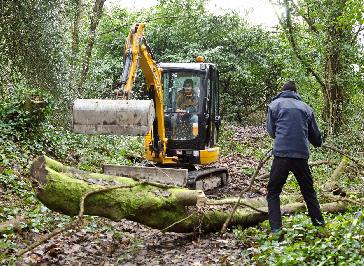

Bob H-T, Mill Site Director, finds the base of a workshop.
Bob’s 29-page Mill Site Survey report includes an outline of how the features will be conserved and displayed and the three areas laid out with paths and viewpoints.
The canal and limekilns
C&RT had already made their plans for repair of the aqueduct. What had to be done was to show how visibility and access, for example a way up from Brabyns Park, could be enhanced. Linked with the canal are Oldknow’s limekilns, a scheduled monument, and one of the grandest of its kind, now sadly neglected and little visited. English Heritage funded some exploratory work that will help to show how the site can be better displayed to the public.

Peter Arrowsmith explains the limekilns to the advisory group and
a representative of English Heritage Conservation Management Plan
The above parts of the application were backed up by the 190 pages of a Conservation Management Plan and 14-page Gazetteer prepared by Marion Barter and her associates from Architectural History Practice. This included historical material, plans for the work during the project and how to maintain the sites in the future. A 63-page desk-based assessment of the lime kilns with a second volume of maps and historic photos was provided by Peter Arrowsmith
Norman Redhead, Greater Manchester County Archaeologist, provided an Archaeology Plan to ensure that the work was carried out to a high standard. This provided for archaeological oversight by the Centre for Applied Archaeology at Salford University (though official rules may mean that this and other inputs have to go to tender), a part-time archaeologist mainly for weekend work, community digs with an educational archaeologist on site, a desk-based update on the mill site, reports, etc.
Outreach
Outreach to the community, or many different communities, is a major part of any HLF project. Some of this will be by the traditional methods of publications, information boards, signage, Open Days, school and other visits, site tours, talks to a variety of groups etc. Two reports showed how to interact with schools and the community: 16 pages by Don Henson, formerly Head of Education at Council for British Archaeology, now a consultant, on teaching resources and the relevance of the curriculum at primary and secondary level; 13 pages by Dr Rob Isherwood of Community Archaeology North West on how to attract and provide opportunities for schools and community groups to become active participants in the project.
HLF is keen to exploit the new digital technologies
“In the fast moving world of digital, HLF wants to ensure the sector makes the most of harnessing important digital opportunities……using digital technology to give access to our heritage, to enable people to learn about heritage, and to develop the interactive experiences of heritage that engage and excite people. And in doing so we are asking organisations to make their digital content widely available and free to use and re-use, putting us at the forefront of public funders of digital products.” - Dame Jenny Abramsky, Chair of HLF.
– and so were we. An overview of “Digital Technology: Old and New” by John Hearle outlined the possibilities and consultants provided more details.
A 14-page report by Chris Mann of Mannmade Productions, who has made several videos for MAT, outlines a plan for a DVD that will tell the story of Mellor Mill and the Canal from the work of Oldknow 225 years ago, through times of decay, to the leisure activities of today.
Suggested DVD Ingredients
- Oral history (People who remember the canal when it was operational, and local mill workers.)
- Re-enactment: Quarry Bank Mill; Bottom’s Hall Farm; Roman Lakes 1940s dancing and rowing in costume
- Archaeology and site excavations actuality filming
- Drone helicopter filming
- CGI reconstruction
- North West Film Archive material
- Interviews with experts
- Stills
- Quotes from archive written material read by actors including Oldknow’s correspondence with the Arkwrights.
- Explanatory graphics & maps
- Use of a canal barge including horse towing barge (with horse going through underpass)
- Vox pops at occasions such as the Marple basin canal festival.
Computer generated images (CGIs) from Take 27 can show how virtual reality bring the material to life.
CGI Summary
High Priority Mid Priority
Low Priority
Fly around Mellor Mill - see below
XXXXX Identimix Wellington Wheelpit
– see belowXXXXX Identimix Waterloo Wheelpit XXXXX Identimix Build Mill front XXXXX Identimix Lake facing north building rear of mill XXXXX Identimix Site of Oldknows house XXXXX Bottoms Hall Farm with apprentices, horses etc XXXXX Lime kilns transformed to fully working XXXXX Canal unloading at St Martins Road XXXXX Marple canal basin with boats, horses etc XXXXX Bugsworth basin Boats and trams XXXXX Flyover northwards to Manchester XXXXX Flyover from USA to St Martins XXXXX Key sequence facing South XXXXX Fly Round Mellor Mill
The key sequence of the whole project – to explain the entire working of Mellor Mill. The virtual camera is North of the mill’s frontage facing South with the Goyt and the Waterloo wheel in the foreground.
- Opening top-shot of front face of mill – zoom into the location of the Wellington wheel. Becomes transparent to show the wheel rotating and water splashing.
- Zoom-out to see 5 floors (Semi-transparent) with rotating drive shafts etc.
- Zoom-in to the different floors, lifting up one by one. The lower ones having the
- heaviest machinery, eg. carding. On one floor we see the throstle spinning
- machines and people working them.
- Pull back following the drive shaft to the Waterloo wheel housing (the extra wheel added later to give more power (semi-transparent to see the wheel turning), track across to steam engine house. Becomes transparent to see it working. (Only in long shot detail) follow drive shaft back to Mill.
We discussed reducing the depiction of mechanical elements of the steam engine to more simplistic forms.
The onion-skin build of the Mill will be utilised here to show the workings and
relationships of the site and the machinery. The Mill will be populated as we look around and through the building, as will the landscape. A very busy and detailed scene, an animated sequence that is both explanatory and realistic.
The high and medium priority CGIs were all recommended for acceptance, with the low priority items remaining on a wish list.
Collaboration between Gareth Langley of Stardotstar and Helen Manchester of Bristol University produced the 27-page report, Oldknow’s Legacy: Digital Learning Plan.
The main thrust of this report was to show how information can be accessed on site using I-Pads or smart phones and on PCs at home or school. Text, static and moving images, and sound would be hosted on a website, which would provide easy access to the needs of the moment. CGI’s would be included, so that, for example, someone could stand in front of the remains of the mill and see what the scene looked like 200 years ago.There will also be traditional and locative audio-tours.
Activity Plan
The many parts of the project are brought together in the 184 pages of Volumes 1 nd 2 of the Activity plan prepared by Ian Parkin (Parkin Heritage and Tourism) and Lorna Jenner (Countryside and Heritage Consultant). Their research, assisted by volunteers, included drop-in sessions on the canal bank, Market Street, Marple, Roman Lakes and Marple Library. The hundreds of questionnaires that were completed testified to the enthusiasm of the community for the project.
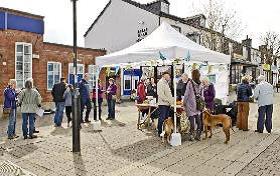
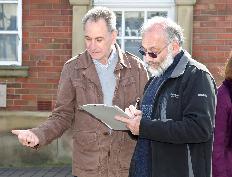
Drop-in session in Market Street, Marple.
Conclusion
The final paperwork, to complete the application, was submission of over 20 letters of support from a variety of organisations. Arthur Procter took some magnificent photos related to the application. A3 copies were displayed, together with other information, at Marple Locks Day and Chadkirk Festival. Visitors showed enthusiastic support for the project. We just have to hope that the North West HLF committee is equally enthusiastic and supports the project at their meeting on September 17.
Below some (!) of the front pages from the doucumentation submitted.

